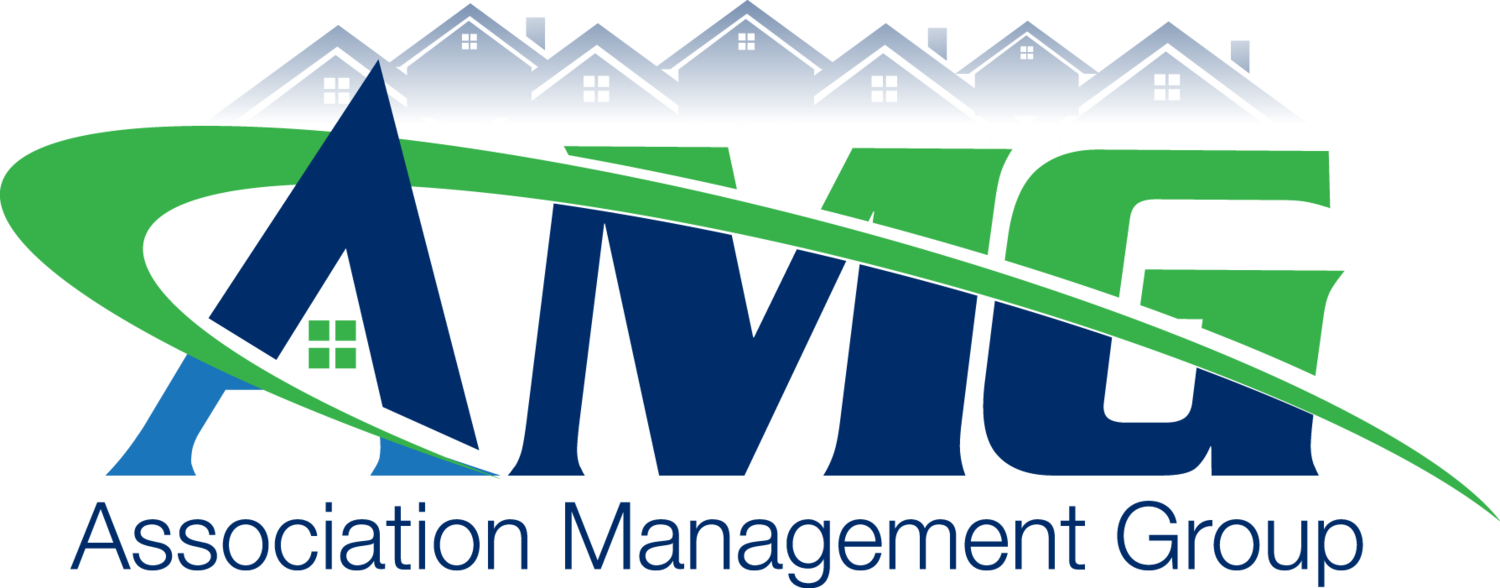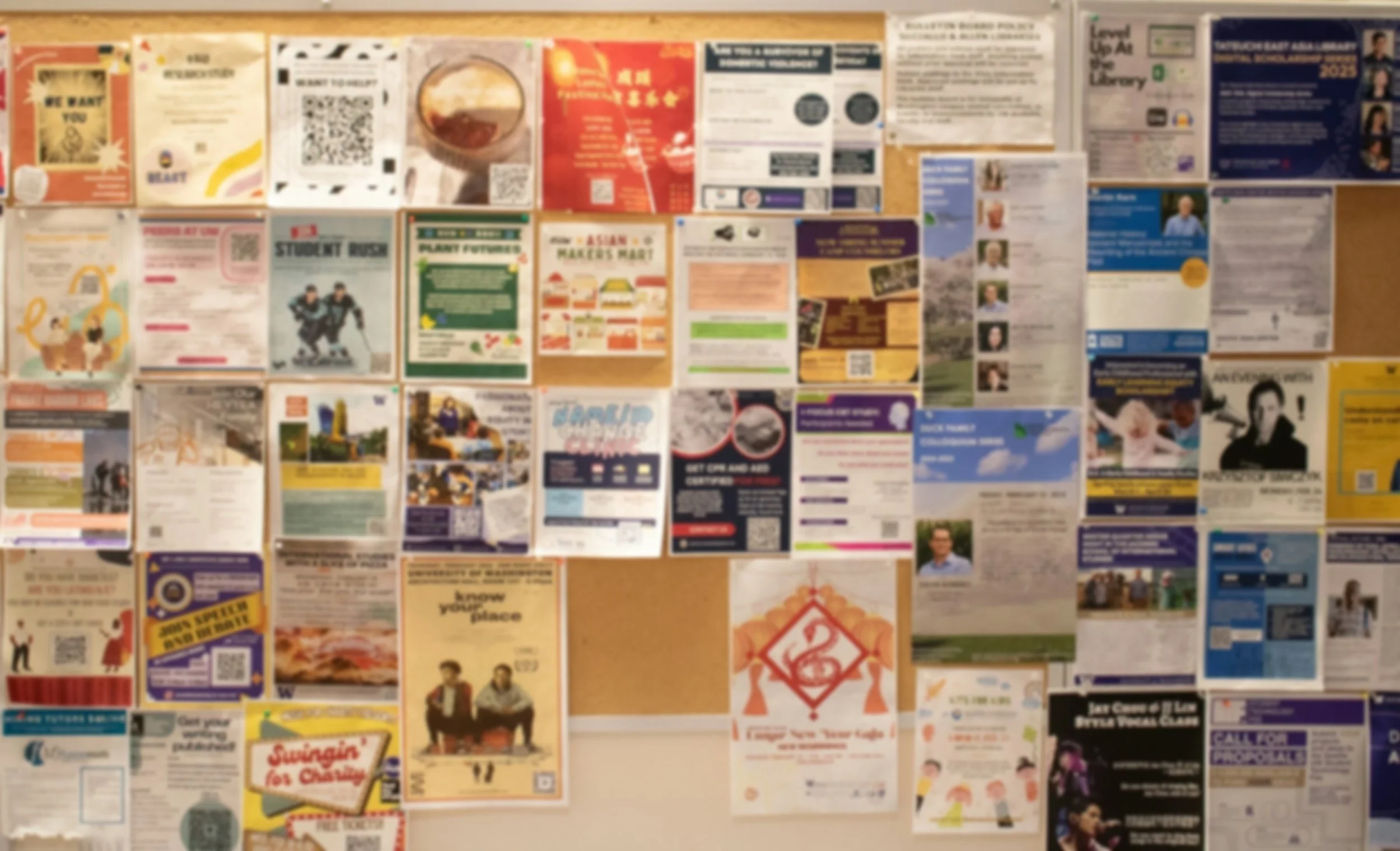How to Develop a Community Engagement Strategy for HOAs
Disclaimer: AMG provides operational support to HOA boards but does not offer legal advice. Any legal concerns should be directed to qualified legal counsel. This content is for informational purposes only.
Engagement turns neighbors into partners—and partners into community.
When residents feel engaged, an HOA is more than a governing body—it’s the center of neighborhood life. But engagement doesn’t happen by accident. It requires intentional planning, ongoing effort, and a clear strategy that connects homeowners, board members, and management partners.
At AMG, we’ve seen that successful associations don’t just focus on rules and budgets—they develop strong community engagement strategies that make residents feel informed, valued, and connected. This guide shares practical steps, real-world examples, and tools to help HOA boards and prospective AMG clients create their own engagement strategy.
Why Engagement Matters
Engaged residents are more likely to:
Volunteer for committees and board service
Comply with rules and guidelines
Take pride in property upkeep and neighborhood appearance
Resolve conflicts more constructively
Stay long-term, supporting property values
In one HOA, annual meetings used to draw only a handful of residents. After launching an engagement plan that included newsletters, community events, and committee opportunities, attendance tripled—and conversations shifted from complaints to collaboration.
Foundations of an Engagement Strategy
Before building your plan, focus on three essentials:
Trust: Residents must believe board decisions are fair and transparent.
Accessibility: Communication should reach everyone—digital, print, and in-person.
Consistency: Engagement must be ongoing, not just at election time or during disputes.
Note: Governance requirements for meetings, voting, and communication vary by state and governing documents. This section is educational, not legal advice. Consult your HOA’s attorney for specific compliance guidance.
Step 1: Define Your Goals
A strategy starts with clear goals. Examples:
Increase event participation by 30% in 12 months
Improve survey response rates
Reduce complaints by enhancing communication
Grow volunteer committees
Step 2: Understand Your Audience
Residents have diverse needs. Consider:
Families with kids
Seniors
Renters vs. owners
Multilingual households
Busy professionals
Surveys, polls, and informal conversations help boards learn what residents value most. AMG supports boards by facilitating survey distribution and reporting.
Step 3: Build Communication Channels
Strong engagement requires strong communication.
Digital: Email newsletters, portals, mobile apps
Print: Bulletin boards, flyers, welcome packets
In-person: Meetings, Q&A forums, neighborhood walks
Step 4: Create Opportunities for Involvement
Engagement deepens when residents contribute.
Committees (social, landscape, safety, finance)
Volunteer events (clean-up days, holiday decorating)
Mentorship opportunities (long-term residents welcoming new ones)
Example: A mid-sized community created a “New Neighbor Welcome Team.” Volunteers dropped off small gift bags and information packets. Within a year, new residents reported feeling “part of the neighborhood” much sooner.
Step 5: Plan Events That Build Connections
Events are a cornerstone of engagement strategies. Examples:
Seasonal gatherings: BBQs, movie nights, cultural festivals
Educational workshops: HOA governance, landscaping, sustainability
Service-focused events: blood drives, donation collections, neighborhood clean-ups
Step 6: Measure and Adjust
Staying Compliant Helps Keep Communities Safe Engagement strategies should evolve. Key metrics include:
Event attendance
Survey participation
Committee membership
Complaint volume
Newsletter engagement
Role of the HOA Board and AMG
Boards provide vision and leadership. AMG supports by:
Assisting with communication platforms
Facilitating vendor coordination
Providing board training resources
👉 Learn more about AMG’s HOA Management Services.
Conclusion: Building Engagement Step by Step
Developing a community engagement strategy isn’t about one-time events—it’s about consistent, intentional actions that bring neighbors together.
Quick Wins This Month:
Send a survey asking residents about preferred communication.
Launch a monthly email newsletter.
Form or re-energize a welcome committee.
Post a community calendar in common spaces.
Host a casual gathering to invite feedback.
By focusing on engagement, your HOA can build stronger connections, reduce conflict, and increase homeowner satisfaction.
Ready to strengthen engagement in your community?
👉 Explore AMG’s HOA Management Services or contact us to see how we can support your board.
About the Author
Paul Mengert, CEO of Association Management Group, has spent over 40 years helping community associations operate more effectively, transparently, and fairly. He has personally served on HOA and condo boards in both North and South Carolina, bringing a firsthand understanding of the challenges board members face.
Paul is a nationally recognized educator who has trained managers and board members across the Carolinas and in dozens of other states. He teaches decision-making and governance strategies and is a frequent guest lecturer at Wake Forest University School of Law. Named Educator of the Year by the Community Associations Institute, Paul is known for combining deep experience with a practical, solutions-first approach that boards trust. Learn more at AMGworld.com.
-
How to Develop a Community Engagement Strategy for HOAs
Speaker: Paul Mengert, CEO, Association Management Group (AMG)
Disclaimer: This presentation is for informational purposes only and does not constitute legal advice. AMG supports HOA boards in operational and administrative matters and refers legal questions to qualified counsel.
Introduction
Hi, I’m Paul Mengert, CEO of Association Management Group. Today, we’ll talk about something that truly transforms communities—developing a community engagement strategy for your HOA.
At AMG, we believe engagement is the foundation of thriving neighborhoods. It turns neighbors into partners, and partners into communities.
Why Engagement Matters
When residents feel engaged, HOAs become more than governing bodies—they become the heart of neighborhood life. Engaged communities experience higher volunteerism, better rule compliance, stronger property values, and—most importantly—residents who take pride in where they live.
In one HOA, annual meetings once drew only a handful of people. After launching an engagement plan that included newsletters, community events, and new committee opportunities, attendance tripled. Complaints turned into collaboration, and residents became invested in shared success.
The Three Essentials of Engagement
Before you create your strategy, focus on three core principles:
Trust – Residents need to believe board decisions are transparent and fair.
Accessibility – Communication should reach everyone, whether through digital tools, printed materials, or in-person outreach.
Consistency – Engagement must be ongoing, not limited to elections or crisis moments.
Note: Governance and communication requirements vary by state, so always consult your HOA’s attorney for compliance guidance.
Six Practical Steps to Build Your Engagement Strategy
Step 1: Define Your Goals
Set clear, measurable objectives. For example, aim to increase event participation by 30% in a year or grow newsletter readership by 20%.Step 2: Understand Your Audience
Every community is unique. Families, retirees, renters, and multilingual households may have different needs. Surveys and polls can help the board learn what residents care about most.Step 3: Build Communication Channels
Use a mix of tools—email newsletters, mobile apps, bulletin boards, and in-person meetings—to reach residents where they are.Step 4: Create Involvement Opportunities
Encourage participation through committees, volunteer projects, or a neighborhood welcome team. Residents are more engaged when they feel they have a voice.Step 5: Plan Meaningful Events
Community BBQs, clean-up days, educational workshops, and holiday gatherings all strengthen connections and make your HOA a more enjoyable place to live.Step 6: Measure and Adjust
Track metrics such as event attendance, survey response rates, and newsletter engagement. Use that data to improve your efforts over time. Engagement strategies evolve—and successful ones keep adapting.AMG’s Role in Supporting Engagement
Homeowner Association boards provide vision and leadership. AMG supports that mission by:
Assisting with communication tools
Coordinating vendors and event logistics
Providing board training and educational resources
Together, we help transform plans into thriving, connected communities.
Simple Ways to Start Today
Building engagement doesn’t have to be complicated. Begin with a few small, intentional steps this month:
Send out a short resident survey
Launch a monthly newsletter
Re-energize your welcome committee
Post a community calendar
Host a casual coffee meet-up
When engagement becomes part of your HOA’s culture, you’ll see fewer conflicts, greater satisfaction, and stronger neighborhood bonds.
Closing
Visit www.AMGworld.com to learn more or to request a consultation.
Thank you for everything you do to keep your community informed, prepared, and supported.
Disclaimer: This content is provided by AMG for general educational purposes only and does not constitute legal or financial advice. HOA boards should consult their attorney, accountant, or other licensed professionals for guidance specific to their association.
To view our informational pamphlet from this webinar. Click here or on the image.
AMG facilitates community association management and provides educational resources. AMG does not provide legal or financial advice. For questions involving statutes, insurance coverage, or disputes, please consult licensed professionals.
















